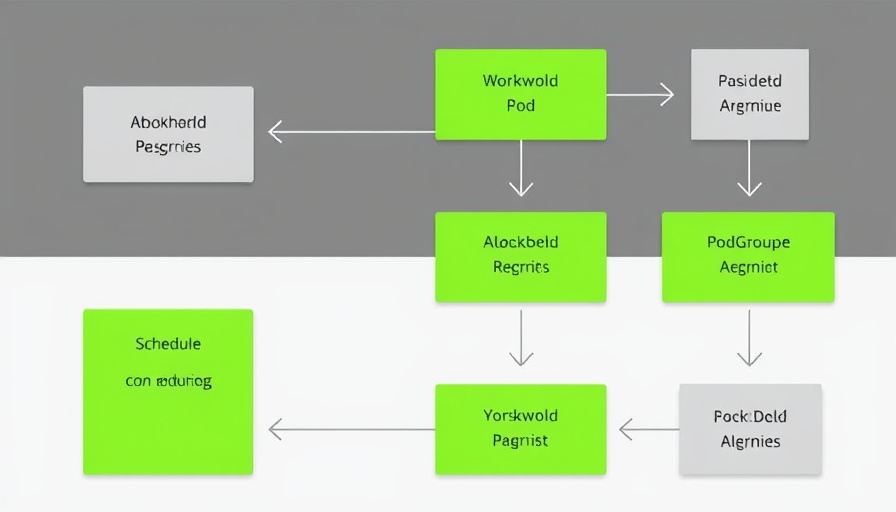
DeepSeek's R1 Model: A Game-Changer in AI Computing
In a recent interview, Nvidia’s CEO, Jensen Huang, shed light on the revolutionary new AI model developed by Chinese startup DeepSeek, revealing that contrary to prior expectations, it will require an astounding 100 times more computing power than traditional systems. This announcement surfaced during the annual GTC conference, emphasizing the remarkable potential yet substantial resource demands of modern AI developments.
Understanding the Unique Features of DeepSeek's R1 Model
The R1 model distinguishes itself as the first open-sourced reasoning AI, which means it can not only analyze data but also deduce answers through a process of logical reasoning. According to Huang, this model approaches problems methodically, breaking them down step-by-step, generating various possible answers, and ultimately verifying the accuracy of its conclusions. This capability of reasoning is what necessitates the increased computational demands, setting it apart from previous AI frameworks that relied on straightforward processing.
The Implications of Huang's Statements on the AI Industry
Huang's assertion about the R1 model's computational intensity raises several pivotal questions for the AI sector. AI has traditionally been viewed through the lens of efficiency – the faster and more data-savvy the model, the more advantageous it appears. However, with the R1's 100-fold increase in computational need, developers and enterprises must now grapple with the balance between model complexity and available computational resources. As this technology develops, investment in expansive computing power will likely become a necessity for innovation.
The Market Response: Reaction to DeepSeek's Model
DeepSeek's R1 model provoked significant market reactions, leading to a massive sell-off in AI stocks earlier this year. Investors appeared apprehensive that this unprecedented demand for computing resources could upend the current landscape. What does this mean for future investments in AI technology? As Huang navigates these complexities, the industry must consider whether this model represents a leap forward or introduces new challenges that could stymie growth.
Looking Ahead: Future Landscape and Opportunities in AI
Understanding the implications of the R1 model can help us predict key trends in AI's future. As computational power becomes a critical driver of innovation, we may see a surge in the development of advanced processing units optimized for such demanding applications. Consequently, industries needing strong AI solutions—including healthcare, finance, and logistics—could be compelled to re-evaluate their approaches to AI investments.
Counterarguments: The Potential Pitfalls of High-Demand AI Systems
While the advancements in AI reasoning capabilities are promising, not all experts agree with Huang's optimistic outlook. Some argue that the financial and environmental costs associated with exponentially increased computing needs could overshadow the benefits. Additionally, reliance on complex AI models poses risks of decreased interpretability and increased operational costs, which could affect firms not equipped to handle such sophisticated technologies.
Conclusion: Embracing the Challenge of Innovation
As AI enthusiasts, understanding the intricacies of DeepSeek's R1 model allows us to appreciate both the stunning capabilities of emerging technologies and the significant challenges they introduce. To engage with these advancements effectively, stakeholders must stay informed about the evolving landscape of AI, ensuring they capitalize on opportunities while addressing the challenges presented by rapid innovation.
Stay tuned for further updates on how AI developments will shape the future and consider how you can leverage these insights in your own technological pursuits!
 Add Row
Add Row  Add
Add 




 Add Row
Add Row  Add
Add 

Write A Comment